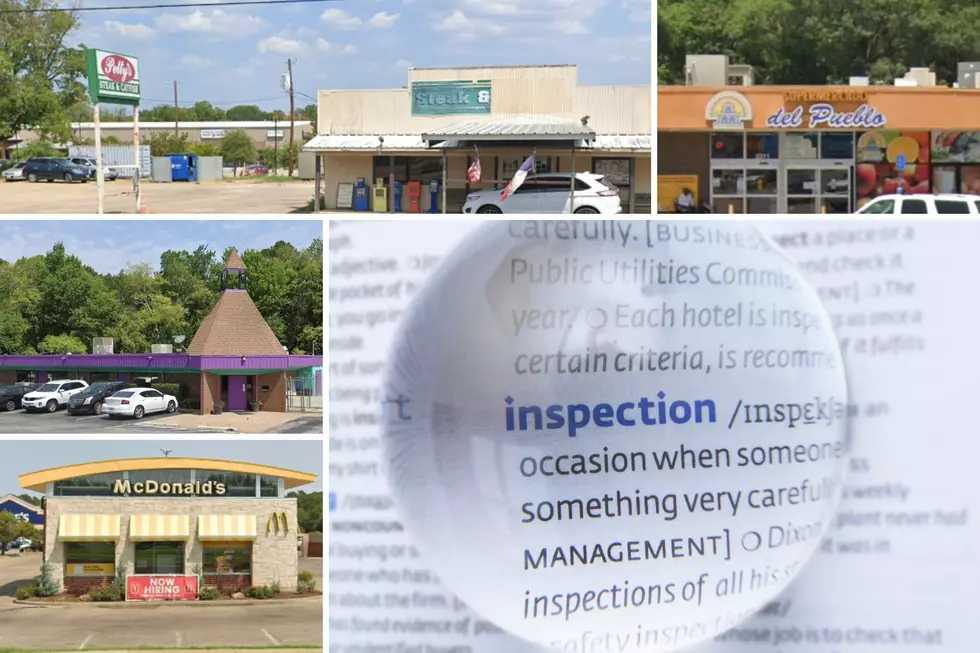
Tyler Residents Urged to Use Water Sparingly
Looking ahead to a possible dry summer, the City of Tyler reminds citizens that a voluntary “Step One” Drought Contingency Measure remains in place.
Under Step One modified drought measures, recommended watering schedules are voluntary and are as follows:
• For customers with street addresses ending in an even number (0, 2, 4, 6, 7), limit irrigation of landscaped areas to Sundays, Tuesdays and Thursdays.
• For water customers with a street address ending in an odd number (1, 3, 5, 7, 9) limit irrigation of landscaped area to Saturdays, Mondays and Wednesdays.
• Additionally, irrigation should be done between the hours of 10 p.m. and 6 a.m.
Water Utilities Managing Director Greg Morgan says “We are anticipating a possible dry summer; therefore are encouraging residents to be aware of their water use and to conserve as possible".
The City of Tyler is in better shape than other municipalities and water districts in the northeast Texas region at this time. The Lake Tyler system is down 3.49 feet but is at 79.4 percent capacity. Lake Palestine is only down .21 feet and at 98.9 percent of capacity.
The Lake Tyler Dam was constructed in 1948-1949, using the best engineering practices at the time. Due to the foundation material in the original construction, it is believed that there has always been seepage along the downstream toe of the embankment. This seepage is actually documented as far back as 1978, and has had no observable effect on lake elevations.
Morgan added, “The Lake Tyler system has an extremely small drainage basin, and as a result it requires substantial rainfall, almost directly on the lake to affect the lake level.” This is compounded by the number of ponds and private lakes upstream of the Lake Tyler system, which are also low and intercepting runoff before it has a chance to reach the Lake Tyler system. This is the primary reason Lake Tyler remains low, despite recent rains.”
The drainage basin for Lake Tyler/Lake Tyler East is only 114 square miles as compared to 839 square miles for Lake Palestine.
During the 2010 Dam Inspection, Tyler Water Utilities (TWU) discovered a boil (water transporting soil) in addition to the seepage. A weir was set up to measure the flow from the boil. TWU has been working with the Texas Commission on Environmental Quality and consulting engineers to develop plans for remediating this maintenance issue.
“The leakage flow rate measured at the weir is approximately 30 gallons/minute,” said Morgan. “At that flow rate it would take approximately 91 years to lower the lake elevation one foot.”
More From Mix 93.1









